Episode 212: The ‘gap’ in the conversation tells you what your horse is thinking.
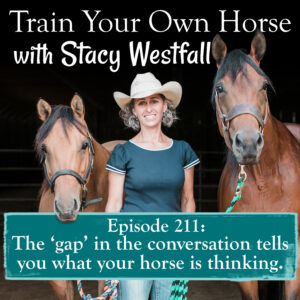
In this podcast, I explain how it is possible to teach a horse to offer desirable responses. I describe it as having a ‘conversation’ with a horse. I discuss the theory AND I give actual riding examples, including a link to a video example.
Inside a conversation, there are ‘gaps’ or spaces left for the other in the conversation to reply. What your horse offers in these gaps tells you what he is thinking.
I explain how the ‘gap’ changes as the horse’s advance in training, and what to do if the horse fills the gap with a ‘creative’ idea.
I also cover what doesn’t work, which is just LEAVING A GAP over and over.
If you leave the gap…and they offer something undesirable…repeating that pattern doesn’t create clarity for the horse.
SUBSCRIBE TO THE PODCAST HERE:
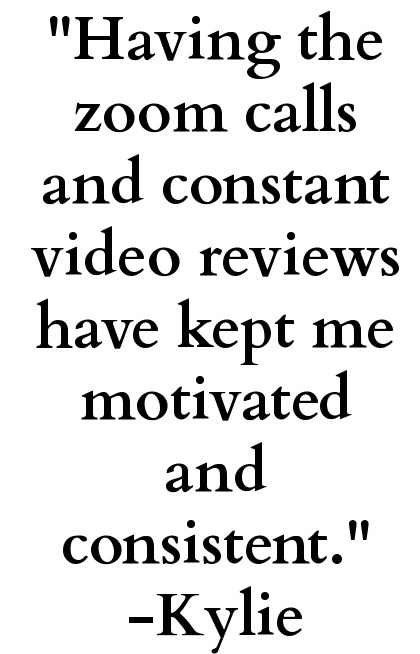
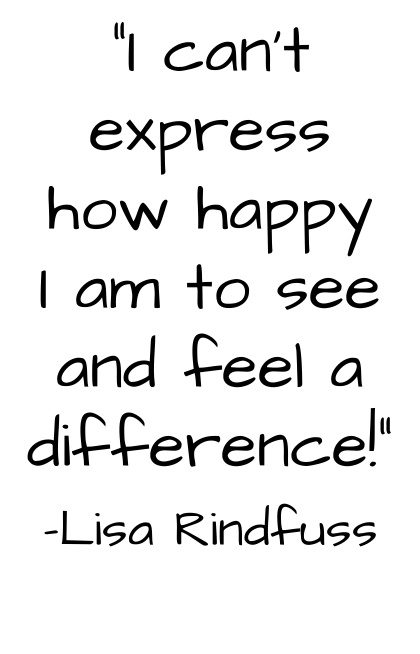
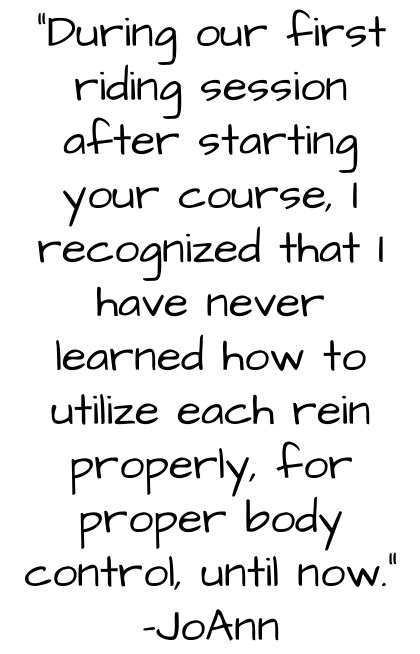
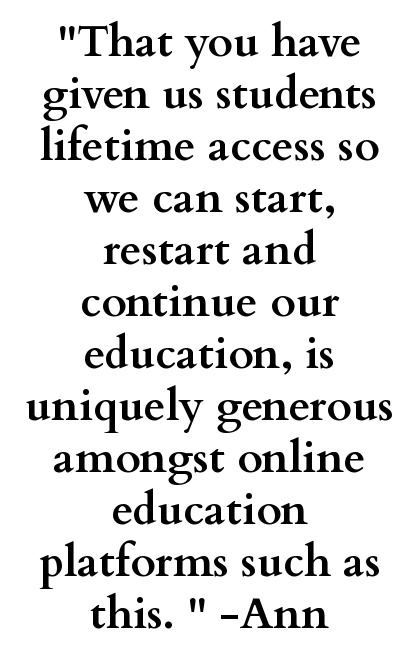
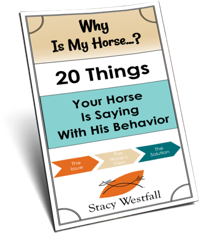
YOURS FREE
WHY IS MY HORSE...?

